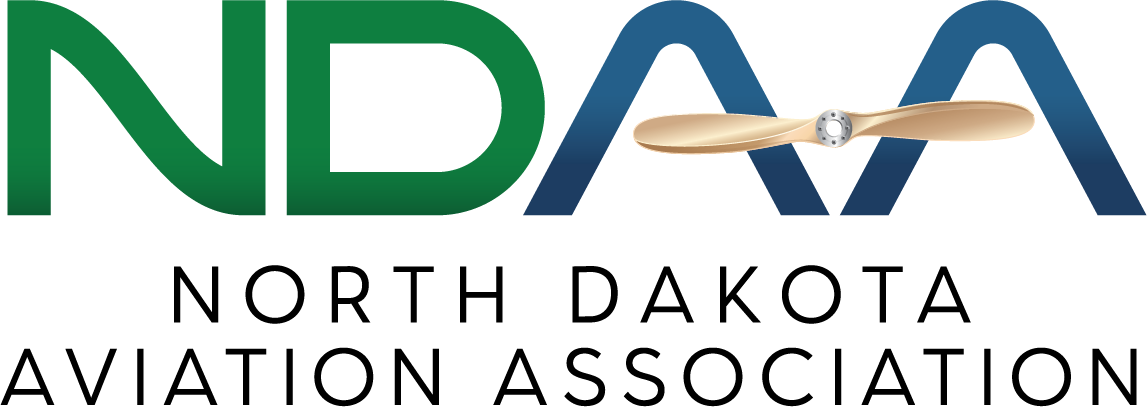
By Leisha Lunnie
North Dakota breeds hearty stock. During the winter, we deal with the cold, wind, and ice as part of our daily life. At some point you may have heard someone say, “The cold keeps the riff raff out!” in response to North Dakota’s low crime rate. While that theory has not been statistically proven, a typical winter in our state is undeniably cold. Often with those frigid temperatures comes smooth air and clear skies, which are some of the best flying to be had. The sun is so bright it hurts your eyes, bouncing off the whiteness of the ground and everything sparkles; it truly is beautiful.
As a teenage student pilot enjoying the comfort of climate-controlled heating in our home, I remember my dad, who was also my flight instructor, commenting on those beautiful winter days being perfect for flying. Deep down I knew he was right, but sometimes I just dreaded the words “cold and clear” because I knew it meant bundling up and being chilled for the next couple of hours. After a frigid pre-flight in the unheated hangar, I was usually ready to go warm up before we had even started the engine! Teens are notorious for taking the easy way out, so a cup of hot chocolate while watching a movie or meeting my friends at the local ski hill seemed like a better use of my Saturday afternoon than trying to keep my hands and feet warm in a drafty Cessna 150.
But once you are airborne with that fantastic cold weather climb rate that seems to launch a little Cessna 150 into the air like a rocket, everything else falls away. The heat kicks in, the air is smooth and perfect for practicing maneuvers. One can wonder at how something as simple as snow cover makes everything look so different from the air, so perfectly serene.
Winter flying also includes winter weather gear and precautions to keep the pilot and passengers safe from the ever-possible engine failure and forced landing. If you were raised in the North, you were likely taught to always have winter gear in your vehicle from October to April. You know the drill: a blanket, boots, extra mittens or gloves, stocking hats, scarfs, a shovel, and of course a candle with matches. Flying in winter weather requires the same precautions. We may not need a shovel, but there are definitely some items required to keep an aviator safe from the elements.
If you’re a current flight student, you will learn all you need to know about winter pre-flights, snow and frost removal, watching for carburetor icing, and so forth from your Certified Flight Instructor (CFI). If you need a refresher, don’t be shy about asking to go over these things during your next flight review or simply schedule a lesson from your favorite CFI.
Until then, here are a few essential items you should always bring along on a winter flight:
- Parka
- Food bars
- Winter boots and warm socks
- Gloves or mittens
- Warm hat and scarf
- Fire starter kit
- Insulated pants, coveralls, wool pants, etc.
- Space blanket or wool blanket and large, heavy duty plastic tarp
- Cell phone kept close to your body to save the battery
- First aid kit and signal mirror
- Knife or Leatherman-type tool
Depending on where you will be flying, there may be other FAA requirements. Here in North Dakota, this is a good basic list for emergency situations. Most of us don’t want to be bundled up in the cockpit when the heat is on and it’s hard to move around. Don’t even get me started on how difficult and unsafe it is to try to manipulate rudder pedals while wearing large winter boots. However, should you be forced to execute an unplanned landing, you will definitely need warm clothing, footwear, and shelter.
In a best-case scenario, you’ve completed your emergency checklist, radioed your location, and perfectly executed an off-airport landing with no injuries and minimal damage to the aircraft. However, it may still be some time before you are located and rescued. Some days, even a short amount of time exposed to the elements is enough to cause serious frostbite and hypothermia.
So, dress warmly in layers, complete a thorough weather check and pre-flight, grab your sunglasses, and enjoy some of the best flying days of the year to be had in our beautiful state. And don’t forget your emergency gear though, just in case!
